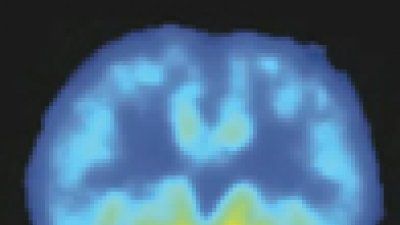Paul Volberding Takes Leading Roles with UCSF's ARI, Global Health Sciences
<p>Paul Volberding, MD, one of the world's leading experts on treatment for patients infected with HIV, the AIDS virus, became the new director of the AIDS Research Institute (ARI) at UCSF on Feb. 13.</p>



